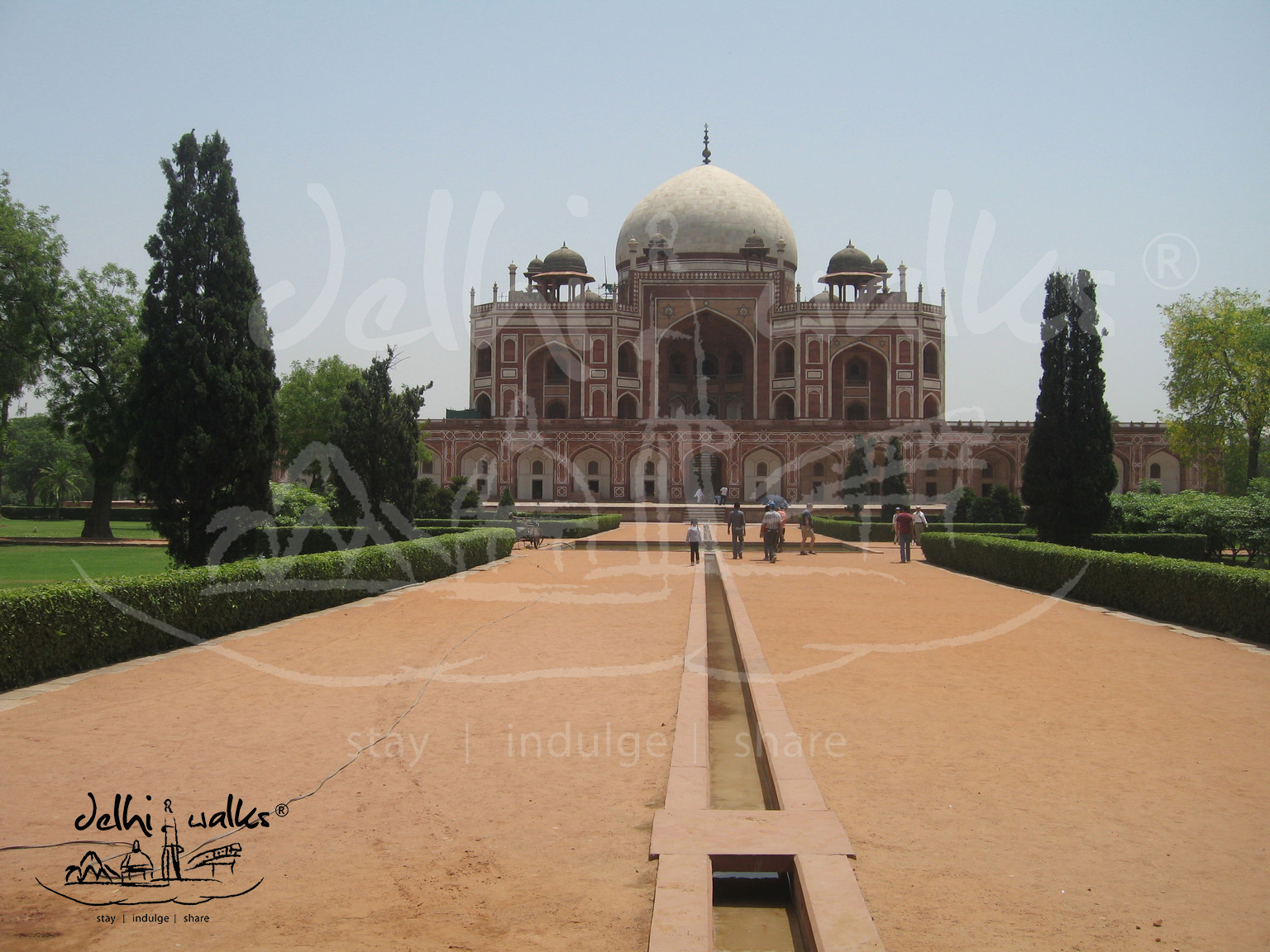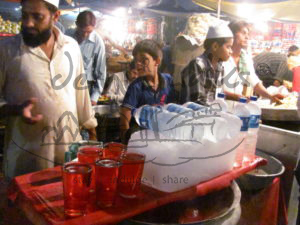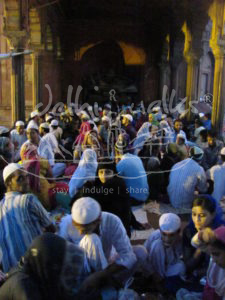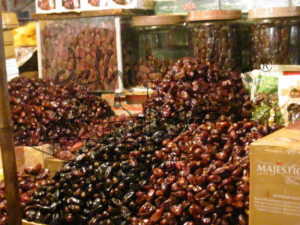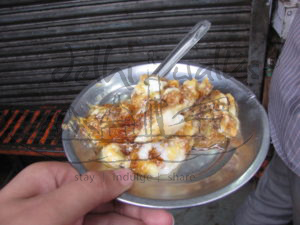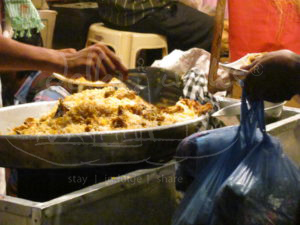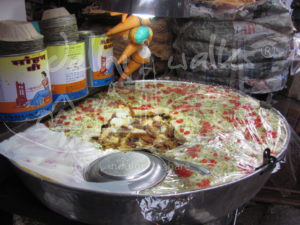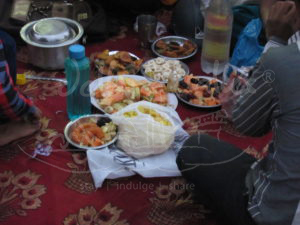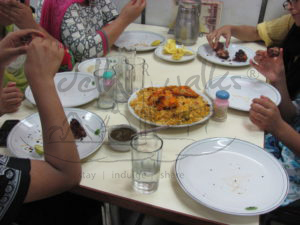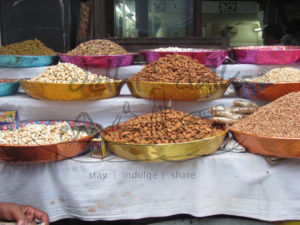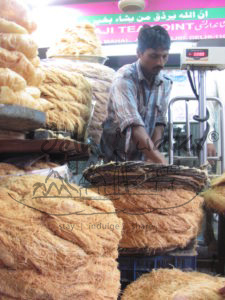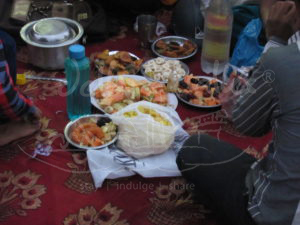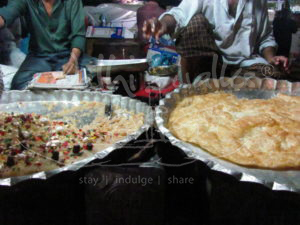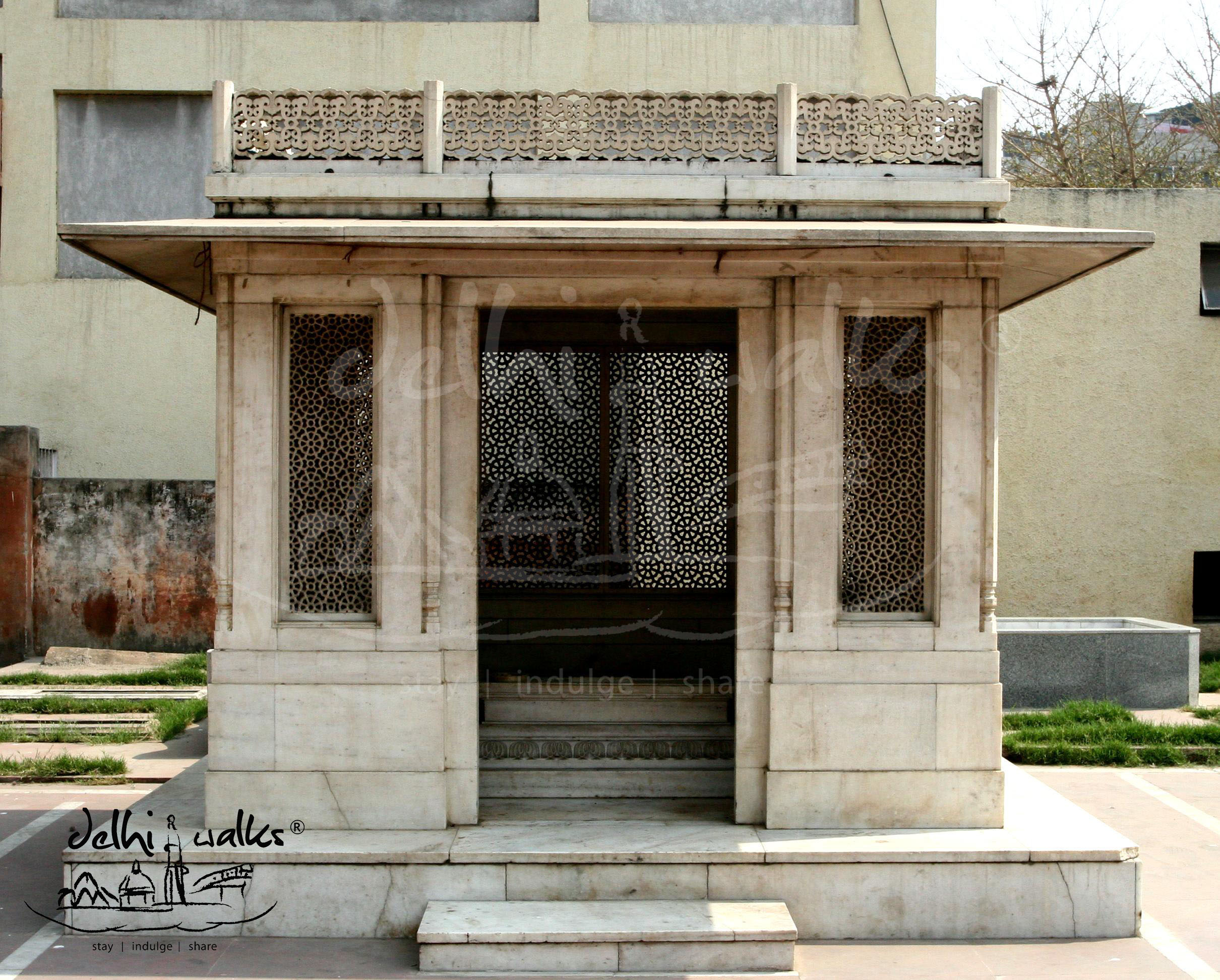Remembering the heroes
India Gate also known as “All India War Memorial” was constructed in honor of 90,000 soldiers who sacrificed their lives during World War I and also the Third Anglo Afghan War. ‘Amar Jawan Jyoti’ or the flame of the immortal warrior is burning under it since 1971. This eternal flame reminds us of the heroes, those brave soldiers and their sacrifices who lost their lives in order to protect their country.
The 42 meter high gateway built in red stone and granite the India Gate was planned by Sir Edwin Lutyen the architect who laid out the plan for Delhi. The Duke of Connaught laid the foundation stone of India Gate and its construction was completed in 1921. India Gate Memorial has become one of the most popular destinations of Delhi as well as India.
Located in the heart of capital India Gate lies towards the east end of Janpath that leads to the Rashtrapati Bhawan. The surrounding area of the memorial is also now a famous picnic spot and provides a variety of entertainment. One can spend a whole day watching monkey performances, viewing the soap bubbles that are blown all over the lawns of the India Gate, playing with balloons and more.
In the evening, Delhi’s India Gate is crowded with evening walkers as well as tourists and mobile vendors. You can taste the typical Indian fast foods, ‘fruit chaat’, ‘bhelpuri’, ‘chana jor garam’, ‘dal ka pakodas’, aerated drinks from the arcade of vendors stationed there.



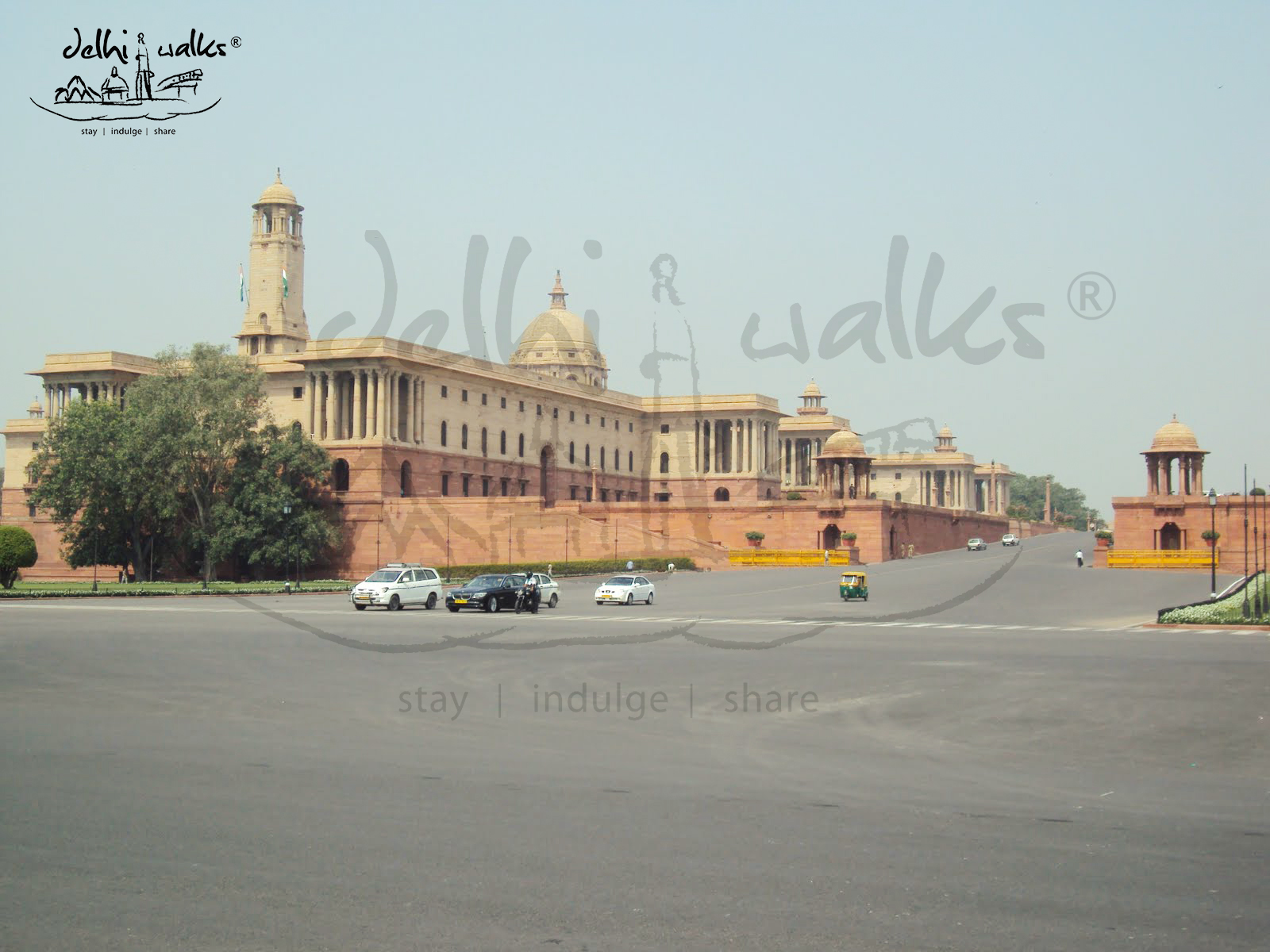
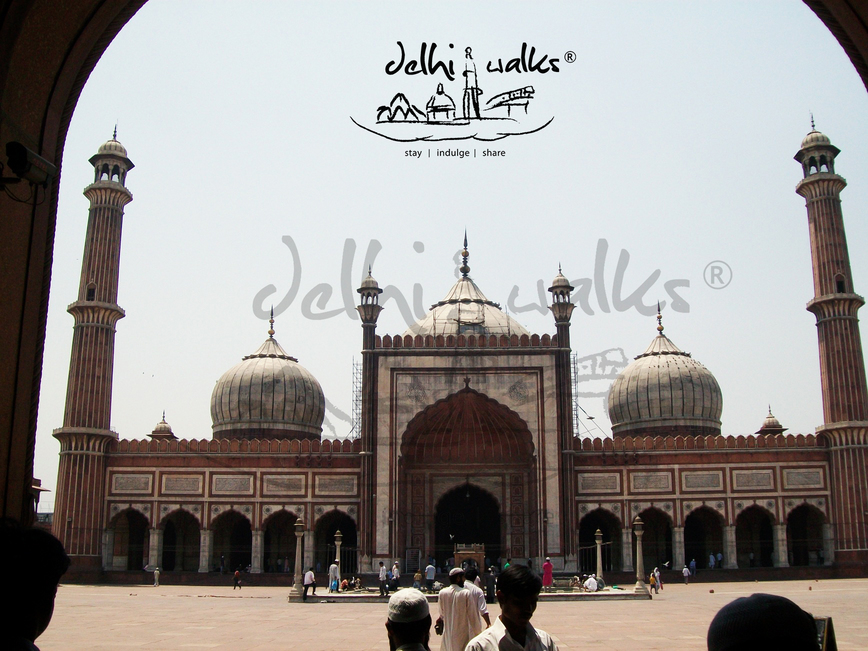
 Jama Masjid is one of the most favorite and most visited tourist attractions in Delhi as well as whole of India. This architectural marvel was also built by the Mughal emperor Shah Jahan. The mosque which is one of the largest and oldest in India is open on all days for tourist except during the prayer intervals. Shah Jahan built the mosque in 1658 opposite to the Red Fort to be his primal worship site.
Jama Masjid is one of the most favorite and most visited tourist attractions in Delhi as well as whole of India. This architectural marvel was also built by the Mughal emperor Shah Jahan. The mosque which is one of the largest and oldest in India is open on all days for tourist except during the prayer intervals. Shah Jahan built the mosque in 1658 opposite to the Red Fort to be his primal worship site. 
